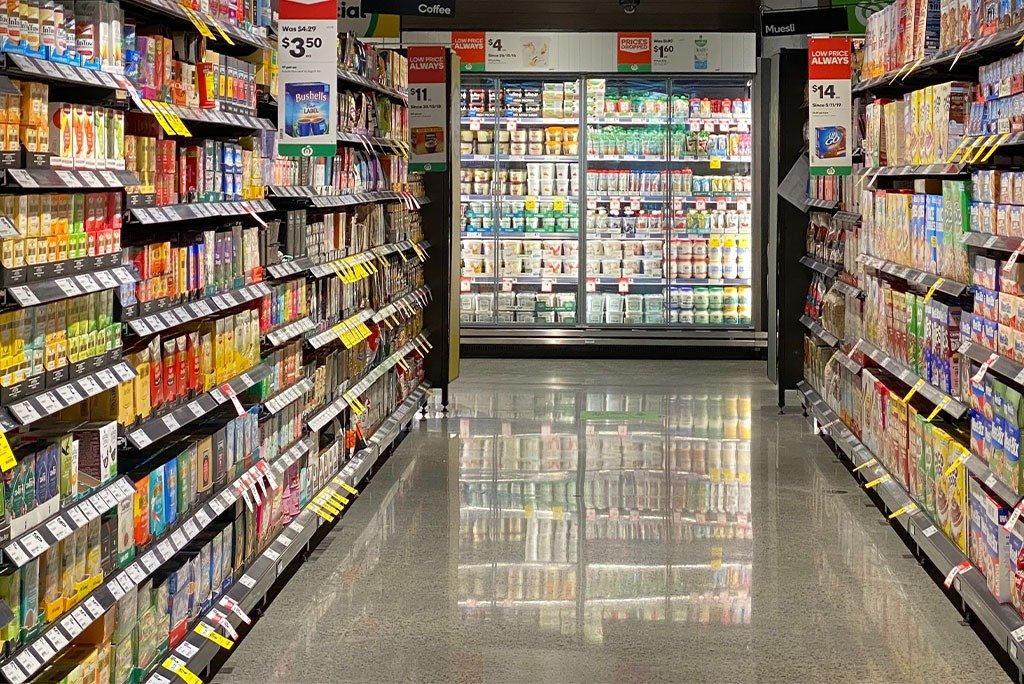Canada’s annual inflation rate now lowered to 6.3 percent in December. Statistics Canada reported on Tuesday that the deceleration in the cost of living was mainly due to a 13 percent decrease in the cost of gasoline. Gasoline saw its biggest 1-month plunge since April 2020.
Canada’s average gasoline price is about 3 percent higher than what it was last year. The statistics come from before the Russian invasion of Ukraine, which turned the global oil market upside down.
High Food Prices
Grocery prices blew up another 0.3 percent during December. It has increased by 11 percent year over year. Now, this statistic is a slight slowdown from the 11.4 percent pace of the previous month. But plenty of food items are still increasingly getting more expensive. Moreover, fresh vegetable prices increased by 13.6 percent last year.
In fact, from labor costs to high prices for transportation, on average costs are up across the board by about 30-40 percent from where they were before the pandemic.
But, here, prices for some things are worse than others. Like, a year ago, lettuce from California or strawberries from Arizona was about $35. Today that same vegetable will cost $50. Now, some consumers are waiting for prices to come down. But, others worry that the current high price for goods and high production price may be the new baseline.
Plus, the costs of food like flour and oil have skyrocketed this year. For example, Canola oil is about dollars 4 a liter. Statistically, food prices have increased from about 19 or 20 percent to 30 percent, which is quite high.
Overall, the cost of living has declined by 0.6 percent on a monthly basis. That is the biggest monthly drop since the year 2020. And it is enough to bring Canada’s official inflation rate down to the lowest point in almost a year.
It is still more than two times the upper range that the Bank of Canada wants. However, this is the reason why economists expect the central bank to raise its benchmark interest rate when it meets to set monetary policy.
